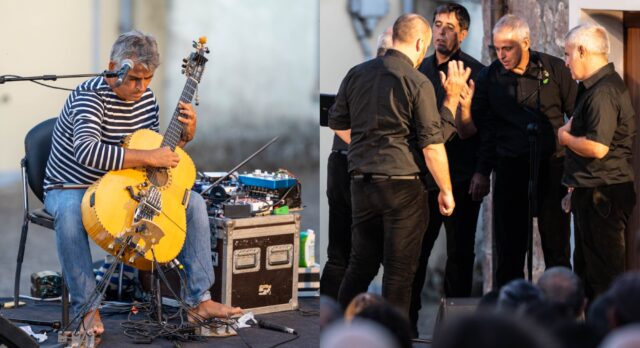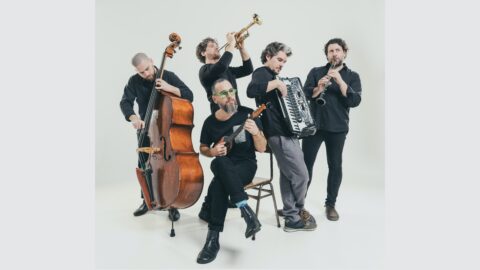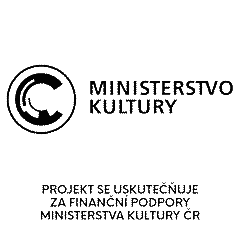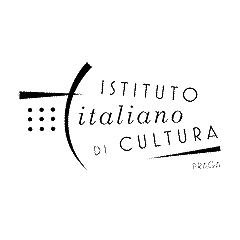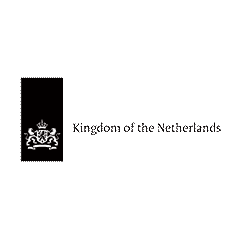The guitarist Paolo Angeli, completely unique in his playing technique, belongs to the category of great improvisers like Pat Metheny. He plays a prepared guitar of his own construction with 18 strings, additional springs and pedals, the result sounds like a small orchestra. His unique approach to the instrument has been described by critics as a link between avant-gardist Fred Frith and singer Björk. Angeli grew up in Sardinia and for his latest project he invited a traditional polyphonic choir. This rare and disappearing tradition is preserved in Europe only on Angeli's home island and in neighbouring Corsica. The result is a thoughtful and carefully balanced blend of traditional genres with Angeli's modern vision.
With his “prepared guitar”, Paolo Angeli follows the legacy of the American experimental composer John Cage (1912-1992), inventor of the “prepared piano”. While Cage inserted metal or other objects between the strings to extract percussive tones from the piano, Angeli’s arrangements go much further. His work is thus a fusion of three levels: the player, the composer and the instrument maker. An important inspiration for Angeli was the tradition of singing with the ‘canto a chitarra’ guitar from northern Sardinia, which uses a local variant of the instrument that is larger than the European guitar. Incidentally, Angeli’s prepared guitar was commissioned by Pat Metheny. Angeli recorded a live album with Iva Bittova at the Acropolis in Prague.
The term “tenore” used for Sardinian polyphonic choirs has nothing in common with operatic tenors – on the contrary, the raw colour of the singers’ voices is more akin to throat singing from Asia. The Tenore Murales was founded in 1991, as an ensemble including a dance group. They performed, for example, in 2013 on the occasion of Pope Francis’ visit to Sardinia. In addition to polyphony, the choir’s repertoire draws on a number of other inspirations. These include not only sacred and folk songs, but also melodies where the singing alternates with the accompaniment of the strum, an instrument that is also part of a vanishing folk tradition. The structure of the vocal parts is based on call and response, similar to American gospel or West African music. In the climactic phase, the singing takes on, according to some critics, an almost punk rock edge.
VIDEO: https://www.facebook.com/100082914391161/videos/1034802735000807


